Guide: TobiWan's 11 Tips for Streaming Setups
Streaming yourself while playing and showing off your skills to a broad audience is a dream come true for many passionate gamers. Having thousands of people watching you find your path through puzzling labyrinths and fighting through hordes of enemies is surely a good feeling and some gamers have turned this hobby into a career. However, producing a good stream that many people will want to watch is not an easy feat.
To be successful, you need more than great gaming skills and a soothing voice. There is a technical side to it all and for beginners this can be quite complicated. We talked to the famous caster Toby ‘TobiWan’ Dawson, who represents the core part of the joinDOTA casting crew, commentated The International 5, and recently ventured back into CS:GO. He collected 11 tips on how to improve your streaming setup.
1. You don’t need to be a tech-geek to start streaming.
There isn’t really anything to know beforehand. It’s as easy as installing a software and streaming. Of course there are always more advanced things you can do, but even this can be setup by a friend so in order to go live you just have to press one button.
2. You don’t need a specially built PC to stream.
Every PC will be capable of a different level of streaming. By trial and error you can see just how far you can push your machine and internet connection. If you are planning on streaming full HD, then you are going to need a beast of a machine, but there are also some corners you can cut to make your machine work.
I myself use the super powerful ASUS ROG G30AK gaming PC together with two 27” ASUS ROG SWIFT 144Hz displays. The PC allows me to stream every game there is in great quality and the big displays help to have an overview on everything at the same time.
3. A laptop can be fine for streaming too!
There are a few laptops which are powerful enough to stream. The big gaming laptops normally have the power required for a good 720p stream. With most laptops I would suggest giving extra ventilation though, or using a laptop with a dedicated docking station like the new ASUS ROG GX700 with water cooling would be incredible I imagine. Speaking as a man that actually had a laptop he took to events to stream out LAN coverage, heat is your biggest enemy and having a system with great cooling makes all the difference in the world.
4. Choose a software you’re most comfortable with.
Open Broadcaster Software might seem like the most popular one, but there are also others. Xsplit is probably the other most known. It is very simple to use while OBS is a lot rawer. Both have their merits and most of the time it is personal opinions that sway people between the two and not the actual features. Xsplit will give you a ton of features already installed with a simple and well-presented interface and most options you set up will have wizards to help. On the other hand, OBS is the absolute basic when you first install it, and it is up to you to search and find all the things you want to add to it, which makes it less user friendly. The upside of OBS is you don’t get all the fluff, which can slow or crash the software like it might do to Xsplit.
5. Adjust your buffer size and bitrate to your connection speed.
Speaking as someone that used to stream from Australia, getting the best quality stream for the bandwidth you have available is a practice I have a lot of experience in. You can encode all the information in the best quality on your PC, but if you are incapable of sending all that data, then it is pointless. As with all technical things you are limited by your weakest part.
In countries with relatively bad internet connections you should set up your stream by first checking your bandwidth and then looking into how data you need to send is transmitted in the quality of your choice. This gets very complicated. Based on the resolution and frames per second you are sending, you will find that 3.5MB is the normal rate for a HD stream (720p 60FPS or 1080p 30FPS).
A side note: understand that each streaming platform uses their own type of encoding and server setup, which means they can support different levels of bandwidth and quality.
6. The framerate choice depends on the kind of game you show.
For me it is a fallacy that 30FPS is the better choice for any game. The general discussion comes up for games like Counter-Strike, where you want to have a high frame rate, due to how quick everything moves. Dota 2 would only need 25-30 FPS, because things are a lot slower. You will however find that sometimes viewers complain or feel uncomfortable, as they are not seeing what they would expect ingame in terms of framerate.
You want to achieve a smooth viewing experience and for games this is really only achieved in 60FPS. Of course in saying this, you need to make sure the streaming platform can support this, which until recently was only possible with 720p streams and not 1080p.
7. There is no fool proof recipe for a good voice transmission.
Microphones are really one of the stupid parts of setups. Sometimes people can achieve with a $5 mic, what others achieve with a $300 mic. It really is all about what you want to create, if you want perfect audio, then look into studio grade mics, but if you are fine with a mic topping out from time to time or not really showing off your voice, then most headset mics will serve your purpose.
The best setup will always be with condenser mics, but these are bulky and hard to aesthetically work into camera shots or even just be comfortable to play and talk at the same time.
8. Consider your target audience when choosing a platform.
Every group has their advantages and big communities. There really isn’t any competition for the fanatical social power of Twitch, while YouTube Gaming offers an overall portal - a new type of audience with a new level of quality. When making a choice, you should consider the support each offers and the audience you wish to reach for the style of content you produce. Platforms continue to change over time, the perfect platform for you might be different next year.
9. Put deeper thoughts into your overlay.
The most important thing is having a smooth looking stream. Random boxes in random places just make you look unprofessional. This is important when you are covering events and are looking for respect based on the quality of your product. If you are a casual streamer, most of the time your viewers really won’t care, as they come for the personality, not the bling on the side.
For the casual streamers you are looking for any way that promotes interaction with your viewers. This is the powerhouse of all community streamers and sets you apart from a basic TV program. There is no red button to push to make this system interactive. You should always offer something for the viewer to do and give them a way to be noticed by you.
10. If you have a webcam, make sure it doesn’t distract from the content.
A camera picture can be used to show someone’s excitement on a level that audio would not. It is also nice to have a face that goes with a voice. This improves the connection to the viewers. The major thing to remember if you do use a webcam is that the camera should not distract from the content you are creating. If people are there to watch the game, then having you as an option to look at is a plus and shouldn’t obstruct what you are showing. If you want the camera to be a prominent part of your show, then have a dedicated overlay layout for it.
11. Don’t make the same mistakes as others.
A lot of things can go wrong, but there are certain things many streamers have done, which you shouldn’t repeat.
- Stay true to yourself. Don’t change yourself just to make someone else happy. People will always see through the deception.
- Don’t argue with your viewers! No one wins in a flame war, you all get burnt.
- Release consistent content. It is rare that people will check or follow your stream if you don’t give them stability.
- Social media is your friend. Any way that you can tell people you are creating content and where to watch it.
- Try and make things interesting. If you wouldn’t watch it, why should anyone else.
Author
Popular Posts
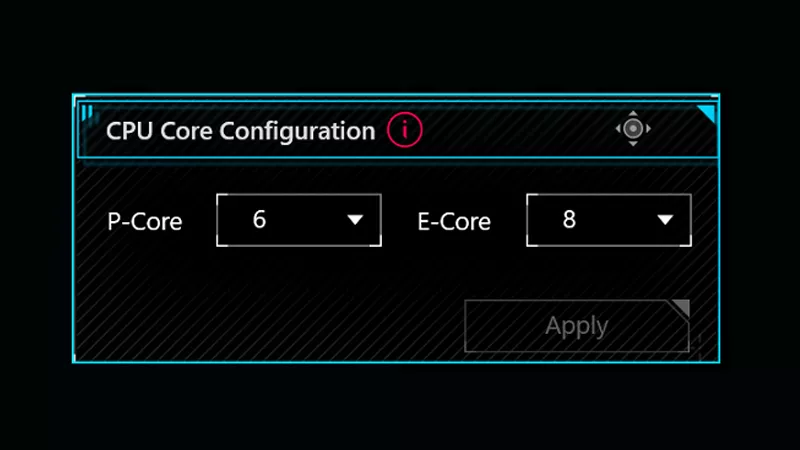
How to adjust your laptop's P-Cores and E-Cores for better performance and battery life
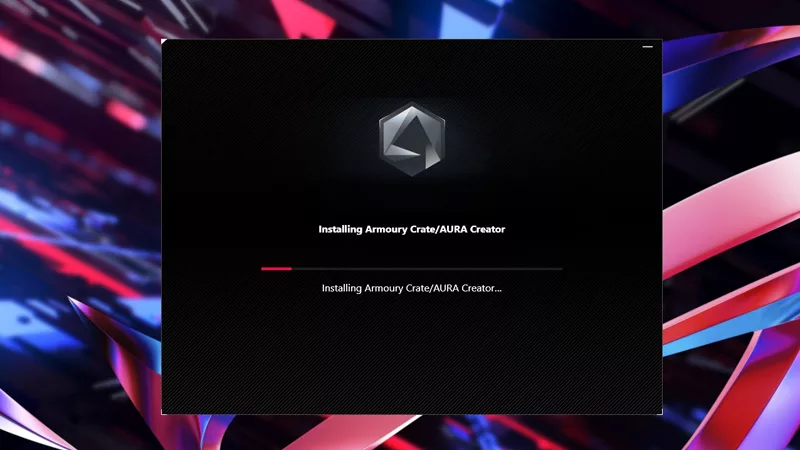
How to Cleanly Uninstall and Reinstall Armoury Crate
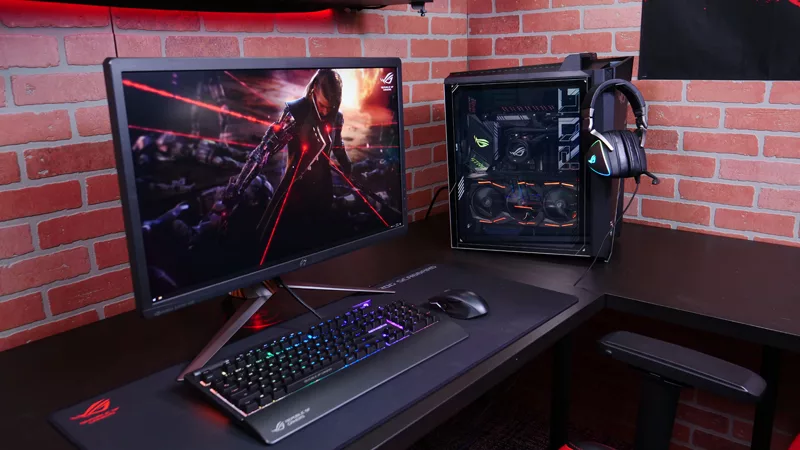
How to configure your PC's RGB lighting with Aura Sync
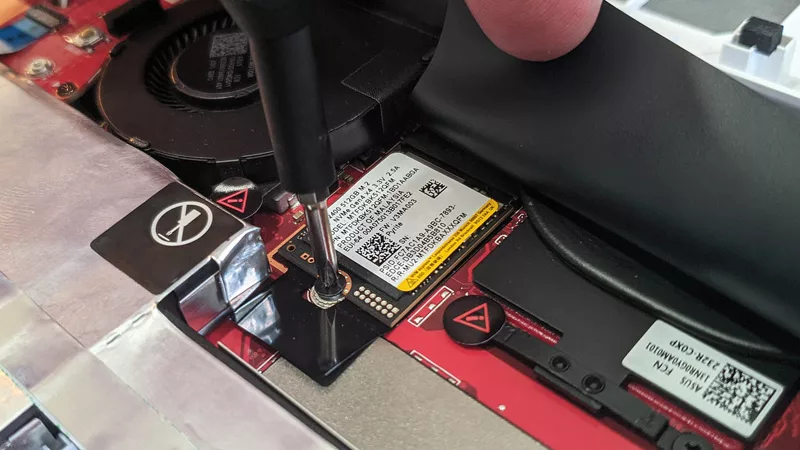
How to upgrade the SSD and reinstall Windows on your ROG Ally or Ally X
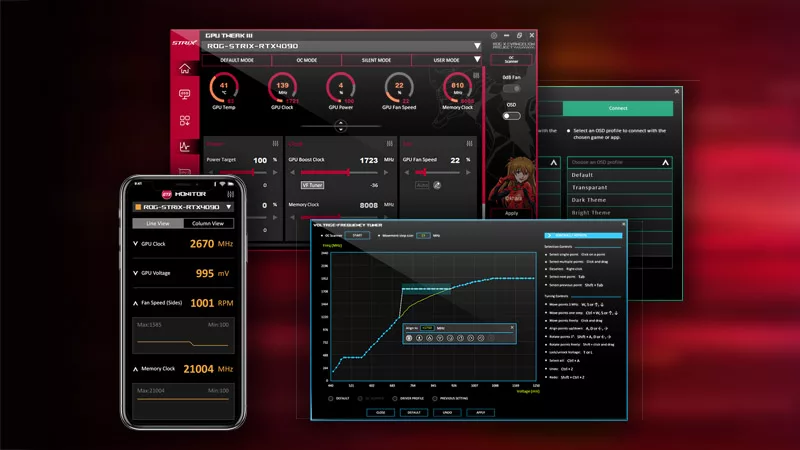
ASUS GPU Tweak III: The ultimate tool for advanced GPU tuning
LATEST ARTICLES

Stellar Blade is the stylish, stimulating action romp PC gaming needed in 2025
It’s one thing to look good, it’s another to play well, and it’s a Herculean task to deliver a game that manages both. But Stellar Blade does the job with gusto.
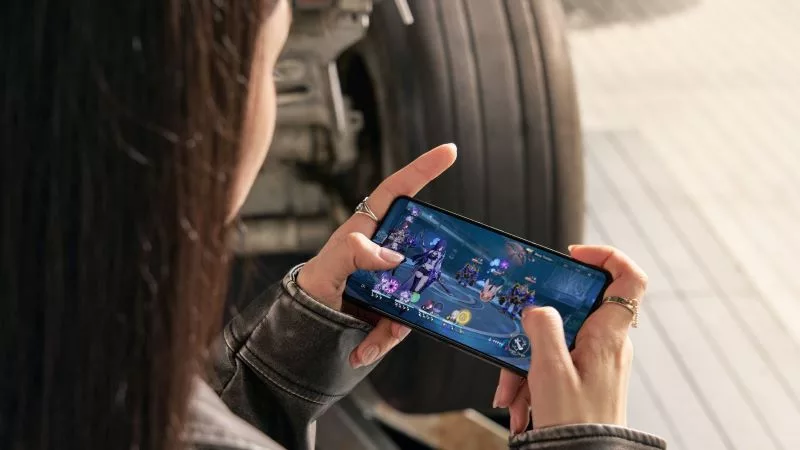
10 must-play ROG Phone 9 games with support for Game Genie and AI features
From FPS to immersive RPGs, check out the best games to play on the AI-enhanced ROG Phone 9 series.

The best laptop-friendly PC games you can play without any peripherals
If you want to game on the go without dragging a mouse or controller with you, don’t worry: there’s plenty you can play with just your laptop’s built-in keyboard and trackpad.

Like a Dragon: Pirate Yakuza in Hawaii is absurdist gaming at its finest
Like a Dragon games are playable versions of weird stories a quirky friend might share over coffee. Like a Dragon: Pirate Yakuza in Hawaii is no exception.
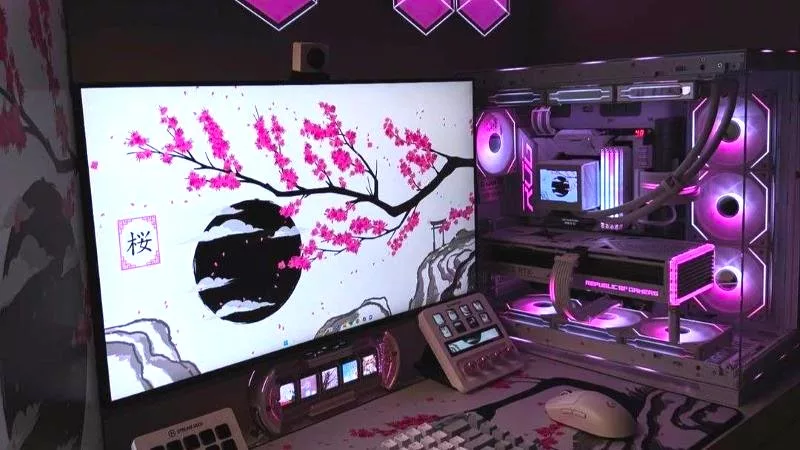
Four insane ROG PC gaming battlestations you need to see to believe
Expressing your personality with a tricked-out gaming setup is a core part of the PC gaming experience. No one knows this better than ROG loyalists, who produce some of the wildest battlestations on the planet.
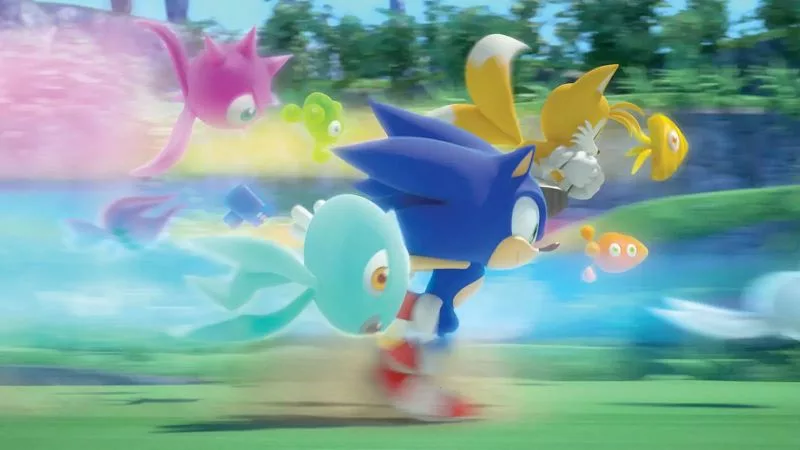
Why Sonic the Hedgehog is the wildest series in gaming
If you’ve been gaming for a while, you probably know SEGA’s Sonic the Hedgehog. But do you know why he commands his own gravitational orbit among a dedicated group of fans?

